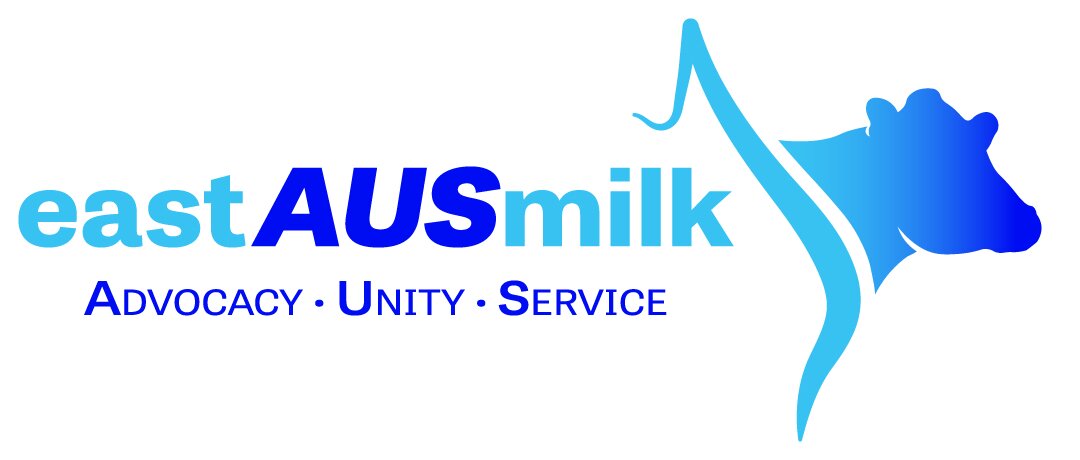Skyrocketing input costs eat into dairy margins, despite record milk prices: ADF president
GRAIN PRICE INCREASE: Currently, one of the biggest costs is grain, with wheat prices jumping 25 per cent in recent weeks.
While high opening milk prices are critical for the viability of the Australian dairy sector, increasingly volatile global markets are taking effect with rising cost pressures through the supply chain.
There is strong competition from processors in the market, which is fantastic for dairy farmers.
The increase in the milk price paid to dairy farmers is not keeping pace with the unprecedented rises in the cost of farm inputs. Some farmers are under significant pressure. - Rick Gladigau
ADF recognises that these opening prices for milk at the farmgate are strong, and we believe there is potential for more increases because processors need to meet existing domestic and international contracts with a limited milk supply.
However, the costs of fodder, fuel, fertiliser and electricity are skyrocketing, eating into the margins of most dairy producers.
Currently, one of the biggest costs is grain, with wheat prices jumping 25 per cent in recent weeks. In extreme cases, feed costs can represent one-third of a dairy farm's turnover.
In a volatile market, the increase in the milk price paid to farmers is not keeping pace with the unprecedented rises in the cost of farm inputs. Some dairy farmers are under significant pressure.
It is timely for farmers to review their operations in response to the increasing input costs.
Real action needed to support dairy recovery
The next three years is a defining period for the sustainability of the Australian dairy industry. As the recognised national policy and advocacy organisation working for dairy farmers, we will be doing our utmost to ensure the reality of this situation is well understood by the Labor government and consumers.
The government made pre-election pledges that respond to several issues in our policy statement - which if properly executed - will help the profitability and sustainability of dairy farmers. These include:
setting minimum standards for nutrition in residential aged care;
improving existing regulations that deliver accurate and clear food labelling;
providing $500 million for agriculture in the $15 billion National Reconstruction Fund;
protecting the competitiveness of emissions-intensive export industries;
investing $3 billion from the $15 billion National Reconstruction Fund to fund emission reduction initiatives; and
directing financial support to energy efficiency projects under a new Powering the Regions Fund and funding two regional tech hubs.
More money needed for regions, biosecurity, jobs
Beyond these pledges, ADF is calling on the federal government to invest more in regional development, biosecurity capabilities and a skilled regional workforce to reduce risks to dairy production, support the adoption of supply chain traceability reforms and reduce the impact of pests and weeds.
It is heartening to read that 88 per cent of respondents to the 2022 National Dairy Farmer Survey reported an operating profit in 2020/21. With the rising cost of inputs during the past two months, the outlook for some farmers in 2022/2023 is less optimistic.
For many dairy farmers the uplift in opening prices will give them the confidence to continue to invest into their farms. For others, however, labour shortages, high beef cattle prices and soaring land values we will see them make a business decision to exit the industry for differing reasons.
Due to the surging costs of farm inputs, the need for movement in retail prices is critical. A significant upward movement in milk prices at the checkout in the short to medium term is essential.
The ongoing strength of the dairy sector is crucial to Australia's future, as we navigate the COVID-19 recovery phase. Resilient and prosperous regional communities need a robust dairy sector.
We look forward to working with the new Labor government to deliver on our election platform, much of which seeks to drive profitability and sustainability through the Australian dairy industry. This includes creating even more transparency of prices across the dairy supply chain.
Source: Rick Gladigau, President, ADF, The Land, 1 August 2022

